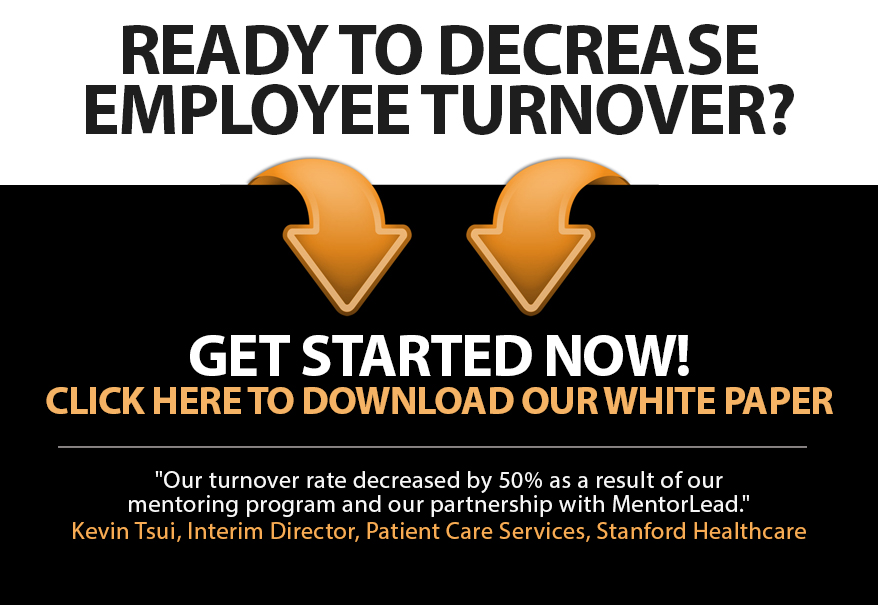Houston Heroes Practice the Ben Franklin Habit
Benjamin Franklin started every morning asking himself, “What good shall I do today?”
And during Hurricane Harvey, we watched the Heroes of Houston put Franklin’s practice into action:
1. The Bakers Baked All Night
When bakers at El Bolillo Bakery were trapped inside the bakery during the storm, they worked around the clock baking through 4,000 pounds of flour. When the rain stopped, the owner drove the loaves of bread around Houston, donating them to first responders and shelters.
2. Mattress Mack Offered his Inventory
Jim McIngvale (nicknamed “Mattress Mack”), owner of Gallery Furniture chain, opened some of his stores for displaced people to spend the night on his inventory.
3. The Human Chain that Saved a Man
More than twenty strangers formed a human chain to rescue an elderly man from his sinking SUV.
4. A Man in his Boat Rescued Neighbors
When a boat owner set out in his boat to help people, he declared, “I’m going to go try to save some lives.” And many boat owners followed in his wake.
5. Houston SPCA Rescued 200 Dogs
Volunteers worked tirelessly to rescue dogs stranded on rooftops and get them into shelters.
6. The Louisiana Cajun Navy Showed Up
Volunteers from Baton Rouge, LA drove their boats 9 hours to help rescue residents.
Why? As one volunteer put it, “The best way you can thank somebody for helping you is to go help somebody else.”
Why do we need a Ben Franklin habit? Because it’s hard to live a joy-filled life without doing good. It’s like letting toxins in the house and then consciously living there.
So how do we do good without waiting for a catastrophic event?
- Be interested in others
- Pause before assuming bad intent
- Let people/cars jump in front
- Pick up trash
- Give compliments to strangers
- Send thank you cards
- Offer a helping hand
- Tip generously and often
- Donate regularly
Doing good takes action and intentionality, not just a crisis.
Do you have a Ben Franklin habit? (Email it to me – I’d love to be inspired by you!)






